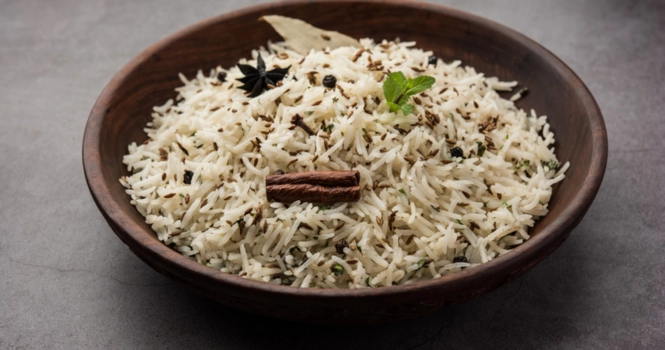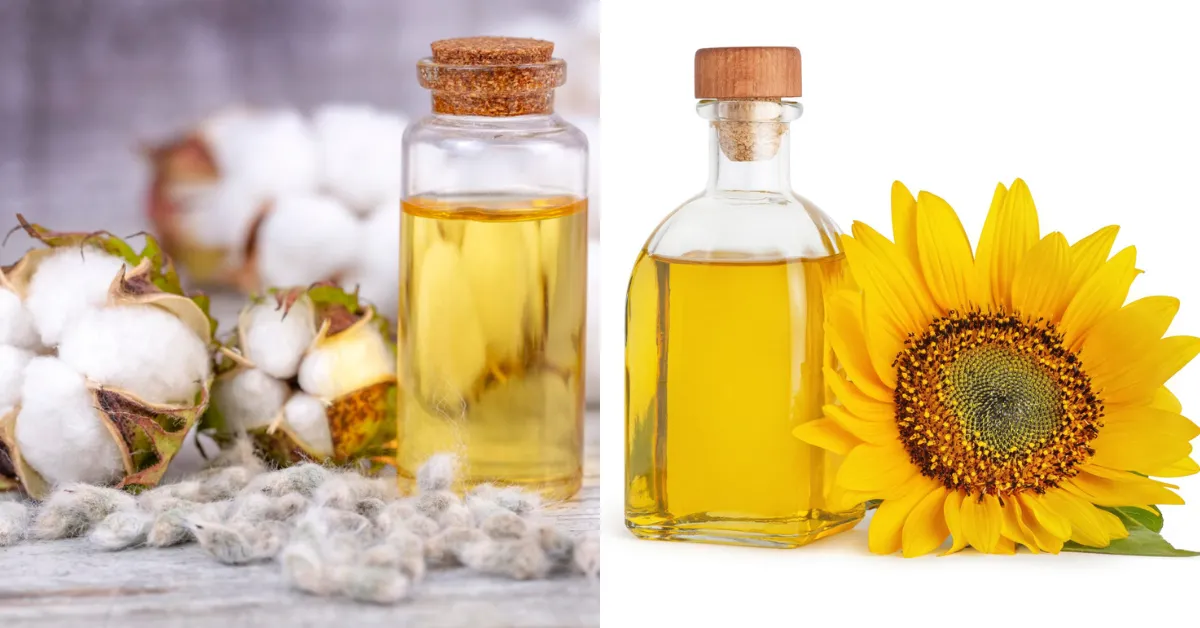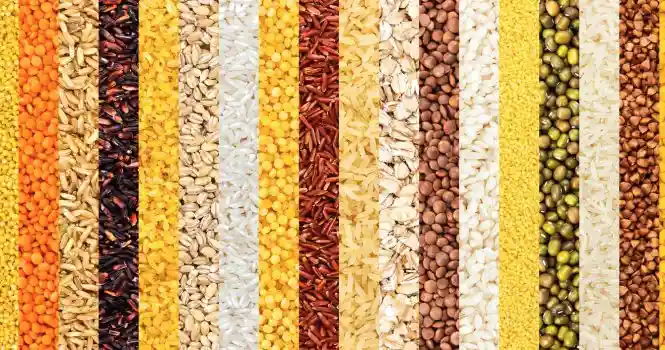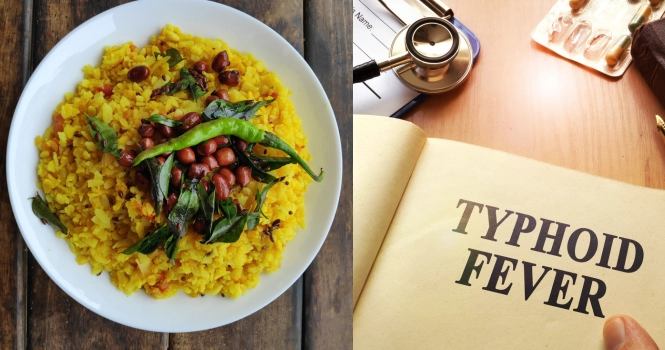Decoding the Caloric Content of Paneer: A Nutritional Insight

Paneer is a type of fresh, non-aged cheese common in South Asian cuisine, particularly in India. It’s made by curdling hot milk using a food acid like lemon juice, vinegar, or yogurt, and then pressing the curds into a firm block.
Paneer is notable for its mild flavor and soft, crumbly texture. It doesn’t melt, making it ideal for cooking in a variety of dishes, from curries to desserts. Despite its versatility in cooking, those watching their diet might be interested in the calories in paneer, as it’s an important consideration for nutritional balance.
Paneer is a popular choice for vegetarians as a source of protein for vegetarians and is appreciated for its ability to absorb flavors from spices and sauces in culinary preparations.
Other Names for Paneer
- Cottage Cheese – In some contexts, particularly in Western countries, paneer is sometimes loosely referred to as cottage cheese, although traditional cottage cheese is slightly different in texture and method of preparation.
- Indian Cheese – In places less familiar with Indian cuisine, paneer might simply be called “Indian cheese” to denote its origin.
- Chhena – In Eastern India, a similar product to paneer known as ‘chhena’ is used, which is softer and has higher moisture content. Chhena is often used in sweets, while paneer is used in savory dishes. Chhena Poda is the most famous sweet dish of odisha.
- Farmer’s Cheese – In some places, paneer is compared to or referred to as farmer’s cheese, which is another form of fresh, unaged cheese.
- Fresh Cheese – As a general category, paneer falls under the broad term of “fresh cheese” or “unaged cheese,” which describes its fresh, moist nature.
Nutritional Facts of Raw Paneer (100 grams)
| Nutrient | Amount |
| Energy | 265 kcal |
| Protein | 18-20 g |
| Total Fat | 20-25 g |
| Saturated Fat | 12-15 g |
| Cholesterol | 60-80 mg |
| Carbohydrates | 1.2-2.5 g |
| Sugar | 0-1.2 g |
| Dietary Fiber | 0 g |
| Sodium | 16-20 mg |
| Calcium | 480-500 mg |
| Phosphorus | 300-400 mg |
| Iron | 0.1-0.2 mg |
| Potassium | 100-150 mg |
| Vitamin A | 220-300 IU |
| Vitamin C | Trace amounts |
| Vitamins B (B6, B12, etc) | Trace amounts |
Calories in Paneer Dishes (Per 100 grams)
| Paneer Dish | Approximate Calories (per 100g) |
| Paneer Tikka | 150-200 kcal |
| Palak Paneer | 90-120 kcal |
| Paneer Butter Masala | 220-260 kcal |
| Matar Paneer | 100-150 kcal |
| Shahi Paneer | 200-250 kcal |
| Kadai Paneer | 150-200 kcal |
| Paneer Bhurji | 180-220 kcal |
| Chilli Paneer (Dry) | 130-180 kcal |
| Paneer Paratha | 250-300 kcal |
| Paneer Kofta | 230-280 kcal |
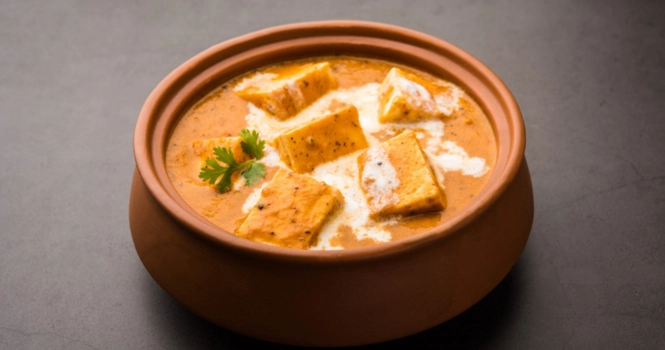
Calories content of Paneer Based Items
| No. | Paneer Dish/Quantity | Approximate Calories |
| 1 | Paneer (per 100g) | 265 |
| 2 | Homemade Palak Paneer (per 100g) | 90-120 |
| 3 | Paneer Makhani (per 100g) | 220-260 |
| 4 | One Paneer Roll | 200-300 |
| 5 | 1 Paneer Paratha (without oil) | 200-250 |
| 6 | Paneer Burger | 300-400 |
| 7 | One Paneer Dosa | 250-350 |
| 8 | Low Fat Paneer (per 100g) | 200-220 |
| 9 | Paneer (70g) | 186 |
| 10 | Paneer (300g) | 795 |
| 11 | 100g Paneer Bhurji | 150-200 |
| 12 | One Paneer Pakora | 50-70 |
| 13 | One Paneer Patty | 100-150 |
| 14 | Paneer Wrap (McDonald’s) | 350-450 |
| 15 | Paneer Fried Rice (per 100g) | 200-300 |
| 16 | 500g Paneer | 1325 |
| 17 | Amul Paneer (per 100g) | 260-280 |
| 18 | Paneer Chilli Dry (per 100g) | 150-200 |
| 19 | Homemade Paneer (per 100g) | 250-300 |
| 20 | Paneer Kathi Roll | 250-350 |
| 21 | Paneer Shawarma | 300-400 |
| 22 | Paneer Tikka Sandwich | 300-350 |
| 23 | Paneer Manchurian (per 100g) | 200-250 |
| 24 | 1 Paneer Momos | 30-40 |
| 25 | 200g Paneer Bhurji | 300-400 |
| 26 | 6 Inch Paneer Tikka Sub | 300-400 |
| 27 | Paneer Cheese Sandwich | 300-350 |
| 28 | Paneer Paratha without Oil | 200-250 |
| 29 | Paneer Tikka Roll | 250-350 |
| 30 | Paneer Bhurji Sandwich | 350-400 |
| 31 | Paneer Onion Pizza (Domino’s) (per slice) | 200-300 |
| 32 | Paneer Frankie | 250-350 |
| 33 | Paneer Grilled Sandwich | 300-400 |
| 34 | 1 Katori Paneer Bhurji | 100-150 |
| 35 | Paneer Tikka (per 100g) | 150-200 |
| 36 | Paneer Curry (per 100g) | 200-250 |
| 37 | Paneer Pakora (per pakora) | 50-70 |
| 38 | Paneer Paratha | 250-300 |
| 39 | Palak Paneer (per 100g) | 90-120 |
| 40 | Shahi Paneer (per 100g) | 200-250 |
| 41 | Paneer Butter Masala (per 100g) | 220-260 |
Protein in Paneer
Paneer is not only cherished for its versatility and taste but also for its significant protein content.
A 100-gram serving of Paneer typically contains about 18 to 20 grams of protein, making it an excellent protein source, particularly for vegetarians and those seeking alternative protein sources to meat.
Protein is essential for various body functions, including muscle repair, immune system support, and the maintenance of skin, hair, and nails. The high-quality protein in Paneer comprises all nine essential amino acids, making it a complete protein, which is often a challenge to find in plant-based foods.
Moreover, Paneer’s protein is easily digestible and assimilable in the body, making it a favorable choice for all age groups, from growing children to older adults. Its inclusion in diets is especially beneficial for athletes, individuals engaged in regular physical activity, and those looking to manage their weight, as protein aids in satiety and muscle maintenance.
In addition to its protein content, Paneer is also rich in calcium and phosphorus, contributing to bone health. Its versatility in culinary use, from savory dishes to desserts, makes it a preferred ingredient in many kitchens.
Frequently Asked Questions
How Much is 1 cup Paneer?
Cubed Paneer: One cup of cubed paneer typically contains about 150-200 grams of paneer.
Crumbled Paneer: For crumbled paneer, one cup might be slightly lighter, around 100-150 grams.
These are approximate values and can vary. For precise measurements, especially in recipes where the exact quantity is crucial, it’s recommended to use a kitchen scale.




